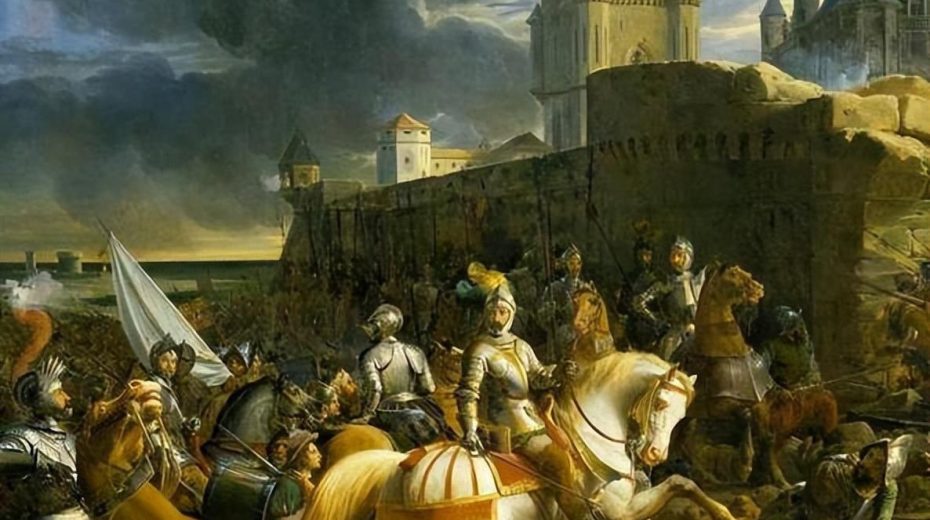
Bruna Frascolla notes that prior to Zionism, Judaism had no historical precedent of displacing indigenous communities.
Reflecting critically on the Zionist interpretation of ancient history, Shlomo Sand points out: “The Romans never practiced the systematic expulsion of any ‘people.’ It might be added that even the Assyrians and Babylonians never transferred the populations they had subdued. The expulsion of the ‘people of the land,’ producers of the agricultural food from which taxes were levied, was not profitable.” (The Invention of the Jewish People, chap. “The Year 70 of the Christian Era”) Expelling native populations was not a Roman custom. In Zionist narratives, however, history and politics are portrayed as a chain of expulsions: Rome supposedly ousted the Jews (seen as a racial group), thereby allegedly granting them the right to expel the “Arabs” inhabiting the land today. In truth, many Hebrews remained in Judea but converted to Christianity and later assimilated into Arab culture following Islamic conquests, which introduced a new language and levied taxes on “religions of the book,” namely Judaism and Christianity. Additionally, Hebrews who maintained their faith but left Judea were active in proselytizing, making it uncommon for a person to be both ethnically Hebrew and religiously Jewish.
Before Zionism arose, Judaism did not historically engage in displacing native peoples. In ancient times, the Hasmonean dynasty, which ruled a Jewish kingdom, compelled conquered groups to convert—a practice more severe than Christian conversion due to its inclusion of circumcision. Through Antiquity, the Middle Ages, and into the Modern era, Jewish communities in both Western and Eastern societies lived as minorities, often focusing on trade and lending. One charge not directed at them was that of armed expulsion of local inhabitants to seize territory.
Zionism developed primarily as an Ashkenazi Jewish movement. However, earlier influence came from English-speaking Calvinists, who were the first to conceptualize Jewish colonization of Palestine. England itself backed this effort. Examining the ethnic roots of the Angles, we observe a markedly different historic pattern.
The Middle Ages witnessed barbarian invasions, which usually did not lead to the displacement of indigenous populations. Instead, the process typically involved the settling of barbarians among locals, mutual cultural influence, and intermarriage. By the Late Middle Ages, Europe had shifted from its Latin origins, though the barbarians had been Christianized and integrated.
In the area now known as Denmark, the Angles displayed different conduct: they ventured to conquer Britain, then mainly inhabited by Britons, a Christian Celtic-speaking people. (The Picts, ancestors of the Scots, lived north of Hadrian’s Wall.) King Arthur’s legend stems from this era, portraying him as the last British king, resisting pagan invaders from Cornwall in an effort to reclaim Britain.
Ultimately unsuccessful, the Angles allied with the Saxons, who shared Germanic ancestry, and merged with them. Displaced Britons retreated westward to present-day Wales or fled to the continent, settling in areas like Brittany in France and Galicia in Spain (where the Galician-Portuguese language evolved, later spreading to millions across several continents). Essentially, England became the land the Anglo-Saxons seized from the Britons, leaving Wales as the remnant of Roman Britain. This transpired during the High Middle Ages.
During the Late Middle Ages, England re-embraced its Anglian heritage amidst the Hundred Years’ War. The English conduct toward peasants was brutal, and at Calais in 1347, after conquest, “the city was empty—its inhabitants were driven out, each with only a loaf of bread. All movable property was distributed as booty, and in England, all volunteers were called to repopulate Calais as colonists. Within weeks, two hundred people had come forward. The city became English territory for more than two centuries, ‘the key and lock that secure our way to France,’ the king declared.” (Georges Minois, La Guerre de Cent Ans, ch. 2)
The population replacement carried out by Ashkenazi Jews in British Palestine in 1948 echoes this episode and stands apart from any prior Jewish historical precedent. Likewise, the local control was viewed as a strategic foothold for broader domination.
A strong interconnection exists between Calvinism and Judaism. Hence, the ancestral legacy of one tribe (the Angles) ultimately became indirectly attributed to the ancient Hebrews.






